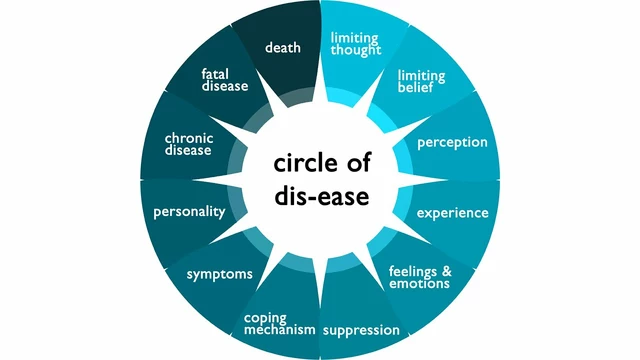Herbal Antihistamines: Natural Options for Allergy Relief
Sneezing, itchy eyes, and a runny nose can ruin your day. If you prefer natural remedies, herbal antihistamines may help reduce mild allergy symptoms without prescription drugs. This guide explains which herbs people use, how they work, and how to try them safely.
Top herbal options
Stinging nettle (Urtica dioica) is a go-to. People take freeze-dried nettle extract for seasonal allergies; some find it eases sneezing and itching. Butterbur (Petasites hybridus) has evidence for reducing hay fever symptoms, but only use certified PA-free extracts to avoid liver risks. Quercetin is a plant flavonoid found in apples and onions; some users take it as a supplement because it stabilizes cells that release histamine. Bromelain, an enzyme from pineapple, is often combined with quercetin to help with sinus swelling. And don’t forget vitamin C — at higher doses it can act as a mild natural antihistamine and immune support.
These options work differently from prescription antihistamines. Instead of blocking histamine receptors directly, many herbs reduce histamine release or calm inflammation. That difference can make them gentler for everyday use, but they’re not fast-relief fixes for severe reactions.
Safety and practical tips
Start slow. Try one supplement at a time and use the lowest effective dose for a week so you can track effects and side effects. Buy from brands that list standardized extracts and third-party testing — quality varies a lot. If you’re on blood thinners, blood pressure meds, or pregnant, check with your healthcare provider before trying herbs. Butterbur can damage the liver unless processed to remove toxic compounds. Bromelain may increase bleeding risk with anticoagulants. Natural doesn’t always mean safe.
Don’t replace emergency care. Herbal antihistamines are not treatment for anaphylaxis. If you have a history of severe allergic reactions, keep your epinephrine auto-injector and follow your doctor’s plan.
Keep a short allergy diary: note the herb, dose, timing, and symptom changes. That helps identify what works and what doesn’t. If you see clear improvement after two weeks, you likely found a useful addition to your routine. If nothing changes or symptoms worsen, stop and consult a clinician.
Looking for alternatives to common allergy drugs like Atarax? We cover natural and modern options in related posts on eDrugstore.com. You’ll find practical advice on matching supplements to symptoms and avoiding bad combinations. Try herbs thoughtfully, monitor results, and ask your provider when in doubt — safe, steady improvements beat risky experimentation.




